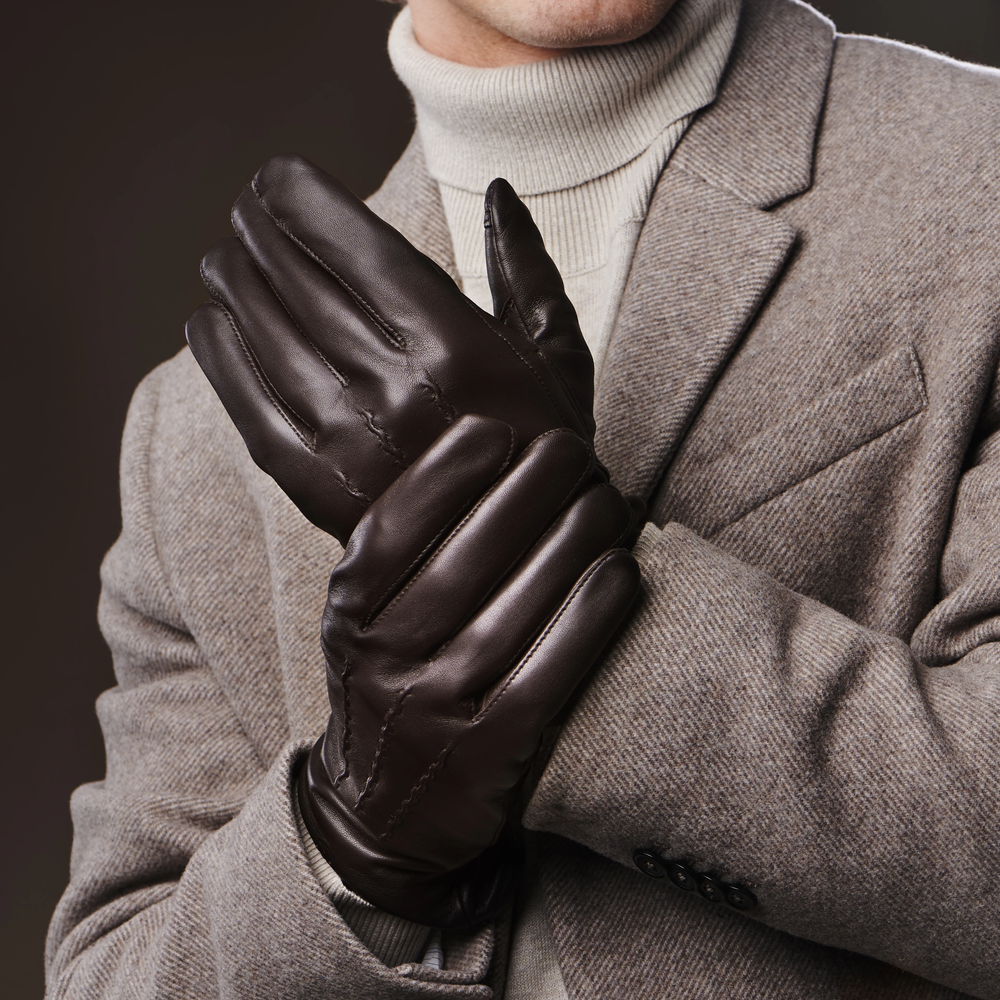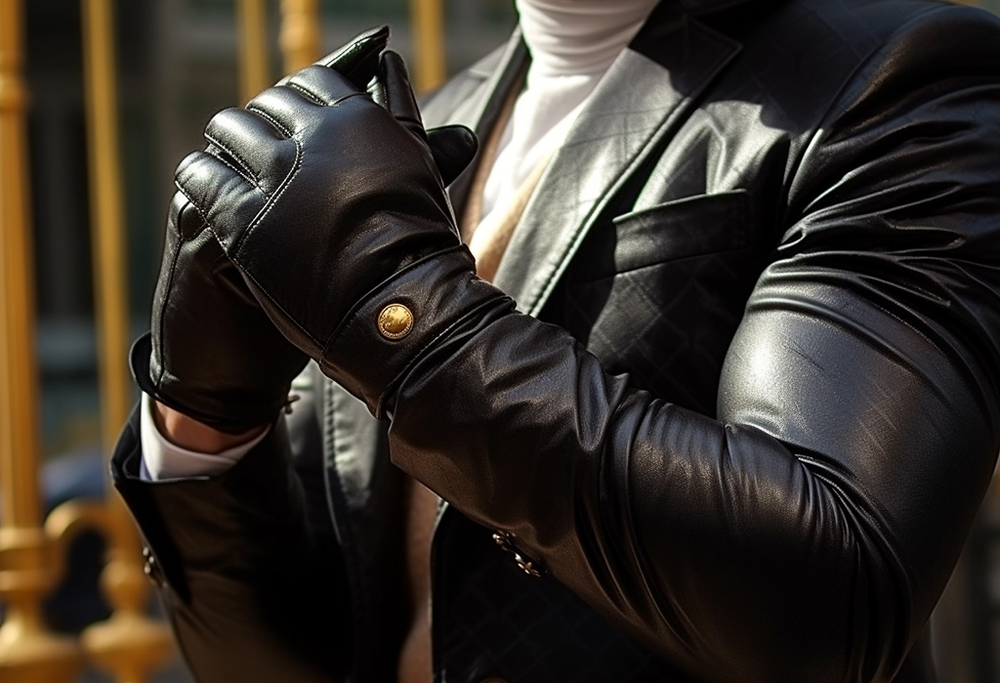
Los guantes han sido muy útiles para los hombres durante generaciones. Desde los antiguos arqueros en el campo de batalla hasta los reyes en el trono, los guantes siempre han desempeñado su papel en la historia.
Pero, ¿cómo comprar guantes elegantes para hombre en la actualidad?
En el momento de tomar una decisión de compra, es esencial tener en cuenta la función, la protección y el estilo personal. Te aportarán valor, independientemente del dinero que gastes.
En este artículo encontrarás unos consejos para comprarse unos guantes de calidad.
Gloves have served a purpose for men for centuries. From archers on the battlefield to Kings on the throne, gloves have always played a part in history.
But how to buy stylish gloves for men today?
When making your purchasing decisions, it’s essential to take the function, protection, and personal style into account. It will provide value no matter how much money you spend.
Let this article act as a buying guide to help you make an intelligent decision.
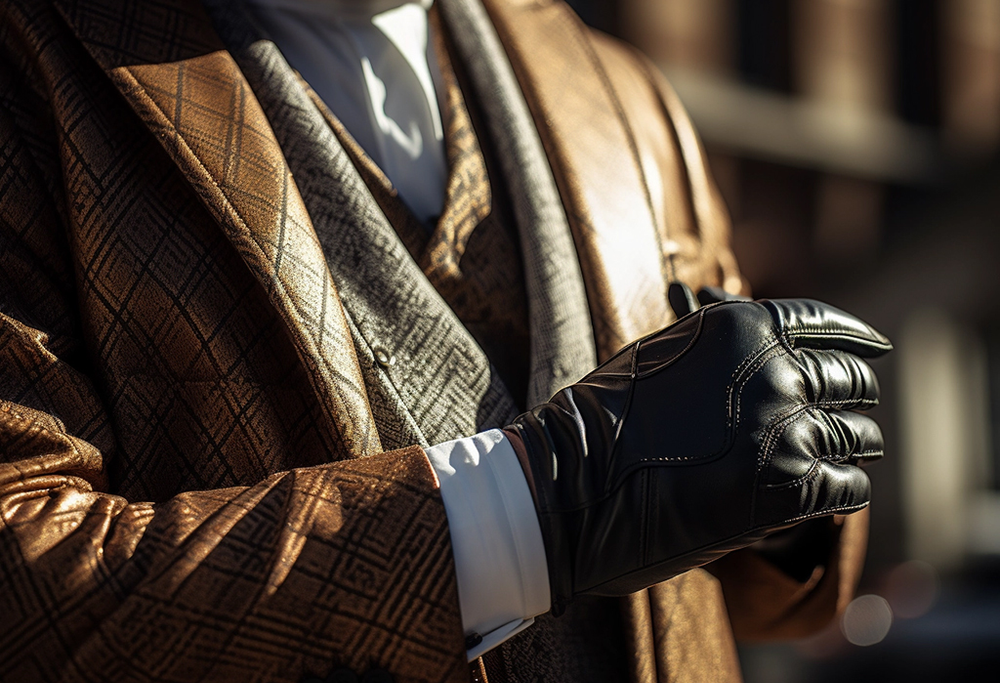
¿Cómo deben ajustarse unos guantes de hombre?
Aunque son caros, la mejor opción es hacerlos a medida.
La mayoría de las marcas basan sus tallas en dos medidas: la longitud de la mano (desde la punta del dedo corazón hasta el pliegue donde la palma se une con la muñeca) y la anchura de la mano (toda la circunferencia de la mano alrededor de la parte más ancha de los nudillos, sin incluir el pulgar).
Los guantes que sólo tienen una talla se basan en la anchura alrededor de los nudillos.
Los guantes que añaden un «largo» o un «corto» a sus tallas también tienen en cuenta la anchura.
El guante debe ajustarse lo mejor posible sin forzar el material. Un guante suelto que se desliza de un lado a otro no mantendrá el calor tan bien.
También necesitas una longitud que cubra bien la muñeca, lo suficiente para que puedas meterlo por completo en la manga de un abrigo.
How Should A Men’s Gloves Fit?
Although expensive, the best option is to have them custom-made.
Most companies base their sizes on two measurements: the hand length (from the tip of the middle finger straight down to the large crease where your palm meets your wrist) and the hand width (the whole circumference of your hand around the widest part of your knuckles, not including the thumb).
Gloves that only have one size base it on the width around the knuckles.
Gloves that add a “long” or “short” to their sizes have taken into account the width as well. Most companies will have a sizing chart online.
You want the closest fit you can have without straining the material. A loose glove that slides back and forth won’t hold warmth nearly as well.
You also need a length that thoroughly covers the wrist, far enough up that you can tuck it entirely into a coat sleeve.
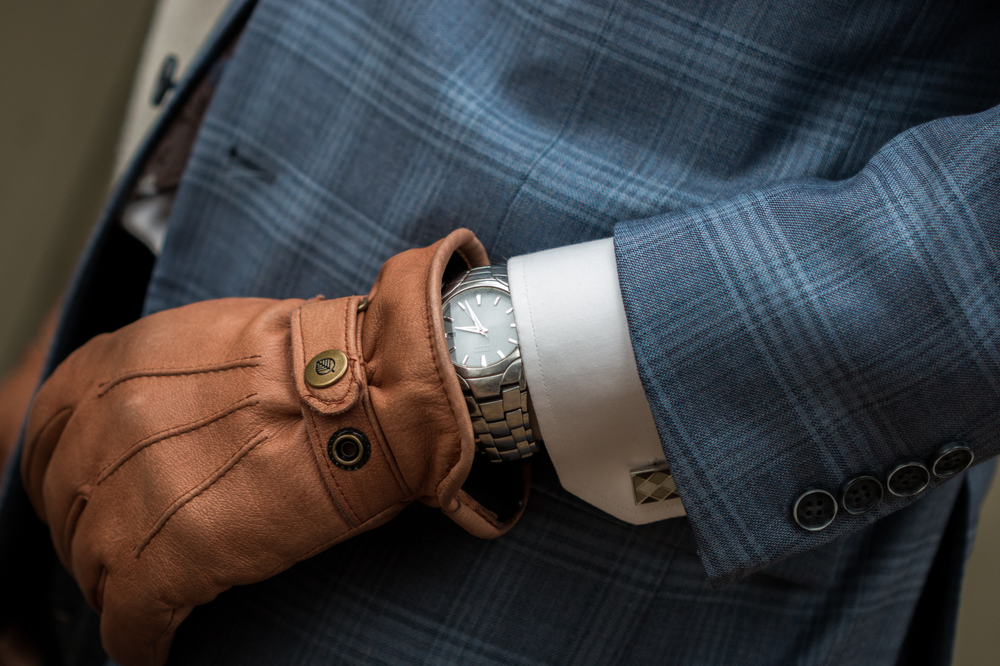
Tipos de guantes de hombre
Los guantes no se clasifican tan claramente como los trajes.
A grandes rasgos, la mayoría de los hombres clasifican los guantes en «de vestir» y «deportivos». Los primeros son más oscuros y generalmente de cuero; los segundos son más gruesos y están hechos de muchos materiales.
En términos generales, los guantes se presentan en tres estilos diferentes:
- Guantes de vestir
- Guantes informales
- Guantes funcionales
Los guantes de vestir combinan bien con un traje de negocios (o algo aún más formal) y un abrigo largo. Los guantes funcionales son excelentes para los fines para los que han sido diseñados, pero no son realmente artículos de estilo.
Para todo lo demás, lo mejor es un par informal.
Types of Men’s Gloves
Gloves don’t categorize quite as neatly as suits.
Most men will broadly lump gloves into “dress” and “sport” options. The former is darker and generally leather; the latter is thicker and made from many materials.
Generally speaking, gloves come in three different styles:
- Dress Gloves
- Casual Gloves
- Functional gloves
Dress gloves work well with a business suit (or something even more formal) and a long overcoat. Functional gloves are great for their designed purposes but not really style items.
For everything in between, you’ll want a casual pair
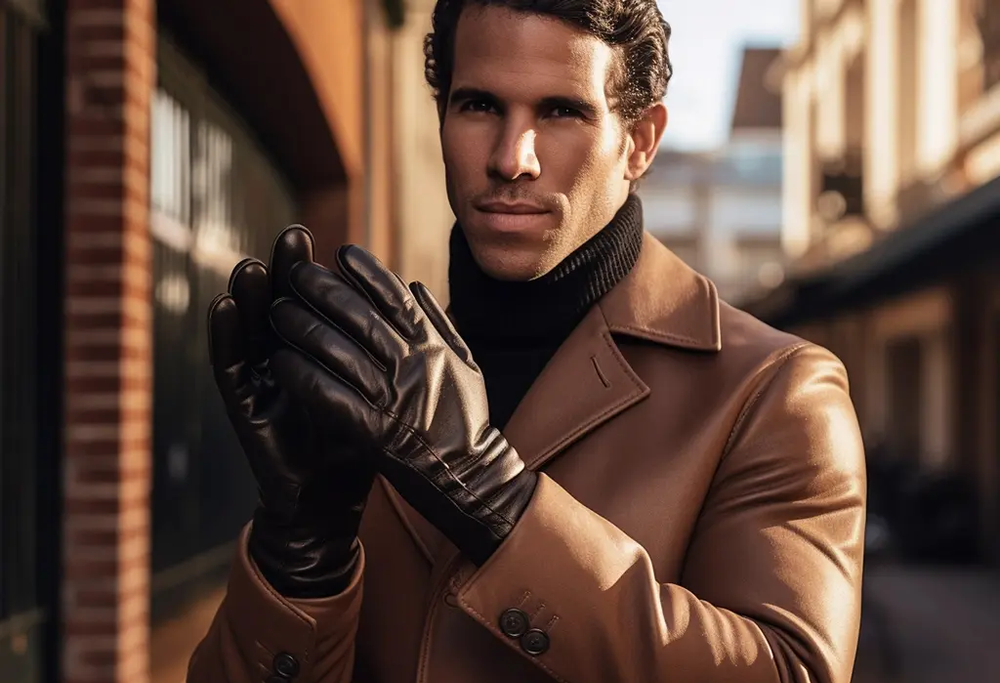
Guantes de vestir
Los guantes de vestir básicos son de cuero negro liso, ajustados a los dedos y de lados rectos. Los materiales más comunes son la piel de cordero, la piel de cabrito (de cabras jóvenes) y la piel de becerro.
Como el mundo sería un lugar aburrido si todo el mundo llevara guantes negros lisos, se han introducido diversos detalles y variaciones incluso en los guantes de vestir.
Algunos detalles en los que fijarse:
- Los puntos son líneas de costura en relieve en el dorso del guante. La mayoría de los guantes de vestir tienen tres, que se extienden en un ángulo cada vez mayor hacia los nudillos.
- Los puños son una banda de material por debajo de la muñeca, a menudo forrada con un material distinto al del resto del guante.
- En los guantes de vestir, los puños deben limitarse a pieles oscuras que no contrasten con el color de la piel.
- Los forros son una forma sensata de añadir aislamiento y son habituales en la mayoría de los guantes. Los guantes de vestir se mantienen lo más finos posible utilizando forros ligeros y compactables, como la cachemira y la piel de conejo. Hoy en día también se utilizan materiales sintéticos ligeros, pero deben ser totalmente interiores y ocultos a la vista para no «abaratar» el look.
- Los «fourchettes» son largos paneles que recorren los laterales de los dedos. Los guantes de vestir suelen omitirlos o hacerlos del mismo color que el resto del guante. En raras ocasiones, pueden tener un color ligeramente diferente o una textura distinta. El efecto «bicolor» es más informal, lo que resulta aceptable para salir por la noche con un buen traje y abrigo, pero no para vestir de negocios durante el día.
- Los remates son pequeños paneles en forma de rombo situados en la base de los dedos. Se utilizan para personalizar el ajuste, que muestra signos de un guante hecho a mano. Esta característica ha hecho que algunos guantes fabricados en serie los añadan con fines decorativos. Se supone que hacen que el guante parezca más elegante, pero los auténticos serán casi invisibles a menos que alguien mire de cerca la base de los dedos.
- Las aberturas son pequeñas muescas triangulares en la base del guante. Permiten una mayor flexibilidad en la muñeca, algo vital en un guante ajustado. La mayoría de los guantes de vestir tienen una en la base de la palma. Sin embargo, dado que forman un ángulo con el cuerpo del guante, asegúrate de que los guantes son lo suficientemente largos como para que todas las aberturas quepan bajo la manga de tu abrigo; de lo contrario, tendrás un triángulo de piel desnuda expuesta al frío.
Men’s Dress Gloves
Your basic dress glove is plain black leather, tight on the fingers, and straight-sided. Lambskin, kidskin (from young goats), and calfskin are the most common materials.
Because the world would be a boring place if everyone wore plain black gloves, several details and variations have made their way into even dressy styles of gloves.
Some details to look for:
- Points are raised lines of stitching on the back of the glove. Most dress gloves have three, splayed out in a widening angle toward the knuckles.
- Cuffs are a band of material below the wrist, often lined with a different material from the rest of the glove. In dress gloves, cuffs should be limited to dark fur, not contrasting sharply with the color of the leather.
- Linings are a sensible way to add insulation and are common in most gloves. Dress gloves remain as thin as possible by using lightweight, compactable liners like cashmere and rabbit fur. Lightweight synthetics are also used these days but should be entirely interior and hidden from view to keep from “cheapening” the look.
- Fourchettes are long panels that run up and down the sides of the fingers. Dress gloves usually omit them or make them the same color as the rest of the glove. In rare cases, they may be a slightly offset color or a different texture. The “two-tone” effect is more casual, which is acceptable for evenings out in a nice suit and coat, but not really for business attire during the day.
- Quirks are small, diamond-shaped panels at the base of the fingers. They are used to customize the fit, which shows signs of a hand-made glove. This feature has led to some mass-produced gloves adding them for decorative purposes. It’s supposed to make the glove look fancier, but authentic ones will be almost invisible unless someone looks closely at the base of the fingers.
- Vents are small, triangular notches at the base of the glove. They allow a bit more flexibility at the wrist, which is vital in a close-fitted glove. Most dress gloves will have one at the base of the palm. Because they angle up into the glove’s body, however, make sure the gloves are long enough that all of the vents fit beneath your coat sleeve; otherwise, you have a triangle of bare skin exposed to the cold.
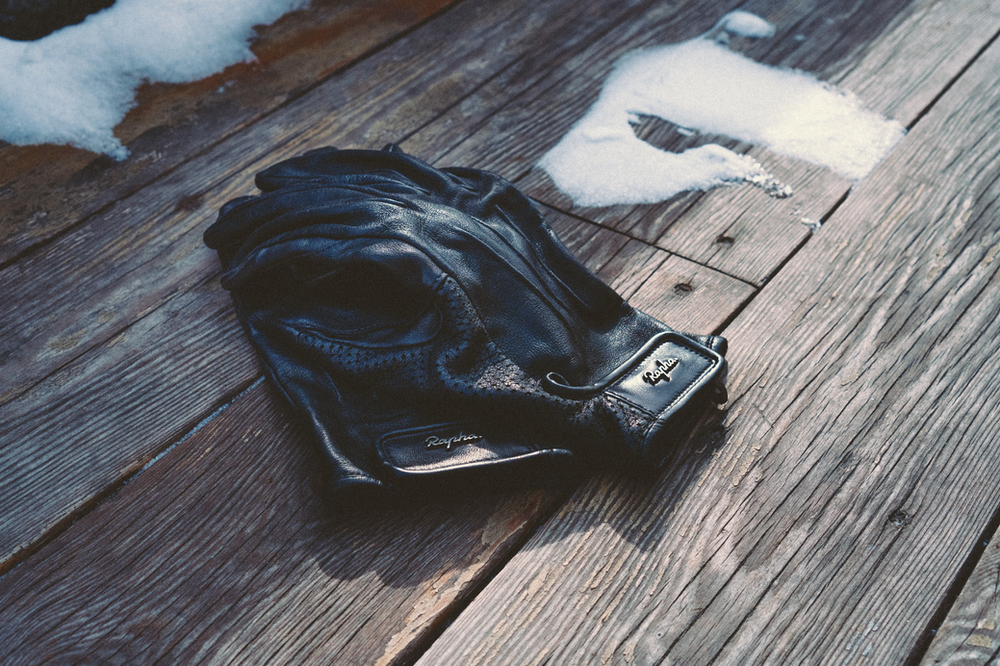
Guantes informales
La idea del guante informal es tener algo que no sea negro. El marrón es siempre la mejor alternativa, ya que combina con los zapatos de calle más comunes.
A lo largo de los años, varias opciones han llegado a ser muy apreciadas entre los que visten a la última, como los guantes de piel de colores que se alejan tanto del negro como del marrón pueden ser un casual más bonito.
Los tonos oscuros como el burdeos y el verde bosque tienen una elegancia pausada y rica, mientras que los tonos más vivos como el rojo brillante y el amarillo limón son juguetones y llamativos.
¿Cuáles son los tipos de guantes informales mas comunes?
- Los guantes de piel de cerdo tienen la misma textura rugosa que un balón de fútbol, alisada y suavizada. Las versiones más resistentes son las de ropa de trabajo, pero la piel de cerdo fina es un acompañamiento perfecto para chaquetas y jerséis informales.
- El ante tiene un suave knap que le da un aspecto más relajado que las pieles lisas. Es otra buena opción para combinar con chaquetas deportivas informales, especialmente en marrón o en un color suave como el lavanda.
- Los guantes de lana son más informales, aunque un par de finos guantes de punto de lana pueden resultar útiles cuando hace más frío. Son un complemento excelente para la funcionalidad y añaden un estilo sutil a tu atuendo, ya que no son una prenda demasiado llamativa. Aléjate de las prendas de punto peludas de gran tamaño, ya que resultan más desaliñadas.
La formalidad informal abre opciones decorativas y funcionales. Cierres a presión, cremalleras, costuras decorativas de gran tamaño, detalles bicolores y guantes sin dedos pueden encajar en un atuendo informal elegante.
Además, muchos vienen con pequeños parches conductores en la punta de los dedos para utilizar el móvil sin quitarse los guantes.
Men’s Casual Gloves
The idea of the casual glove is to have something that isn’t black. Brown is always the best alternative since it matches the most common casual shoes.
Several options have become well-regarded among sharp dressers over the years:
Colored leather gloves that break away from both black and brown can be a nicer casual.
Dark shades like burgundy and forest green have a leisurely rich elegance, while more vivid tones like bright red and lemon yellow are playful and flashy.
What are the types of men’s casual gloves?
- Pigskin gloves have the same bumpy texture as a football, smoothed and softened. The toughest versions are workwear, but fine pigskin is a perfect accompaniment to casual jackets and sweaters.
- Suede has a soft knap that makes it look more relaxed than smooth leathers. It’s another good choice for pairing with casual sports jackets, especially in brown or a soft color like lavender.
- Wool gloves are informal, but a pair of thin wool knits can come in handy in colder weather. They are an excellent addition for function and add subtle style to your outfit since they aren’t too loud of an item. Stay away from the oversized fuzzy knits as they are more underdressed.
The casual formality opens options for decorative and functional features. Snaps, zippers, sizeable decorative stitching, two-tone fourchettes, and fingerless gloves can all fit into a sharp casual outfit.
Additionally, many come with small conductive patches on their fingertips to use a cell phone without taking off their gloves.
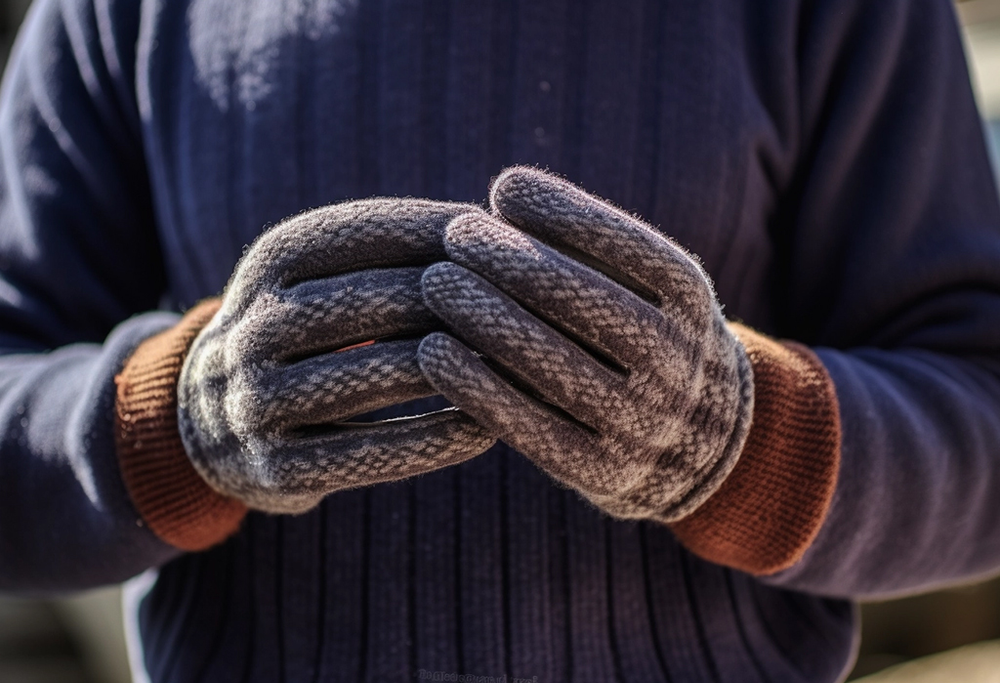
Guantes funcionales
Esta última categoría no merece demasiada discusión desde el punto de vista del diseño.
Los guantes funcionales son exactamente lo que su nombre sugiere: piezas funcionales de equipamiento. Compra los que cumplan su función.
Por ejemplo, un boxeador necesita proteger sus manos.
Un cirujano necesita precisión y exactitud. Los guantes de látex permiten destreza y esterilizan el entorno.
Un ingeniero de yacimientos necesita proteger sus manos de los productos químicos que puedan derramarse.
Los guantes funcionales tienen diferentes tejidos y funciones:
- Guantes de protección de materiales: Protegen de las temperaturas, las quemaduras y los objetos afilados. Son resistentes al calor y al frío y cubren las manos de la metralla que puede salir despedida en los trabajos manuales.
- Guantes de protección contra la intemperie: Estos guantes protegen las manos de los elementos que le rodean. Los excursionistas, los montañeros, los esquiadores y las personas que viven en climas fríos son quienes más los utilizan. Tienen forro polar en el interior y alguna capa protectora de cuero o material sintético en el exterior.
- Guantes Sure-Grip: Su principal función es la tracción. Evitan que las manos resbalen sobre cualquier cosa que se esté sujetando. También protegen contra problemas menores como abrasiones, rozaduras y suciedad. Los trabajadores de la construcción los utilizan para agarrar herramientas y tuberías sin dejar de protegerse las manos.
- Guantes resistentes a productos químicos y líquidos: fabricados con distintos tipos de caucho. Los más comunes son el butilo, el neopreno, el látex y el nitrilo. Cada uno sirve para un fin: esterilización, protección contra la corrosión o resistencia a ácidos, aceites y grasas.
- Guantes sin dedos: Además de ir a la moda, ¿por qué iba un hombre a llevar guantes sin dedos? Llevar guantes puede reducir la destreza de los dedos, pero tener aberturas permite que los dedos tengan una amplitud de movimiento completa sin dejar de mantener las manos calientes. Los motoristas tienen que apretar los frenos, los cazadores necesitan destreza para apretar el gatillo y los levantadores de pesas tienen que protegerse las manos sin dejar de agarrar las mancuernas.
Functional Men’s Gloves
The final category here doesn’t bear too much discussion for decorative purposes.
Functional gloves are exactly what the name suggests: functional pieces of equipment. Buy the ones that get the job done.
For example, a boxer needs to protect his hands.
A surgeon needs precision and accuracy. Latex gloves allow dexterity and sterilize the environment.
A reservoir engineer needs to protect his hands from chemicals that could leak.
Functional gloves have several different fabrics and functions:
- Material Protective Gloves: These protect from temperatures, burns, and sharp objects. They are heat and cold resistant and cover the hands from and shrapnel that may fly off from manual labor.
- Weather Protective Gloves: These gloves protect your hands from the elements around you. Hikers, mountain climbers, skiers, and people who live in cold climates will use these most often. They have fleece on the inside and some leather or synthetic weather protective layer on the outside.
- Sure-Grip Gloves: Their primary purpose is traction. They keep the hands from slipping on anything you’re holding. They also protect against minor issues like abrasions, chafing, and dirt. Construction workers use these for gripping tools and pipes while still protecting their hands.
- Chemical And Liquid Resistant Gloves: made from different kinds of rubber. The most common are butyl, neoprene, latex, and nitrile. Each one serves a purpose- sterilization, corrosion protection, or resistance from acids, oils, and greases.
- Fingerless Gloves: Besides making a fashion statement, why would a man wear fingerless gloves? Wearing gloves can lower the dexterity of the digits, but having openings allow for the fingers to have a full range of motion while still keeping your hands warm. Motorcycle riders need to squeeze their brakes, hunters need the dexterity to pull the trigger, and weightlifters need to protect their hands while still gripping the dumbbells.
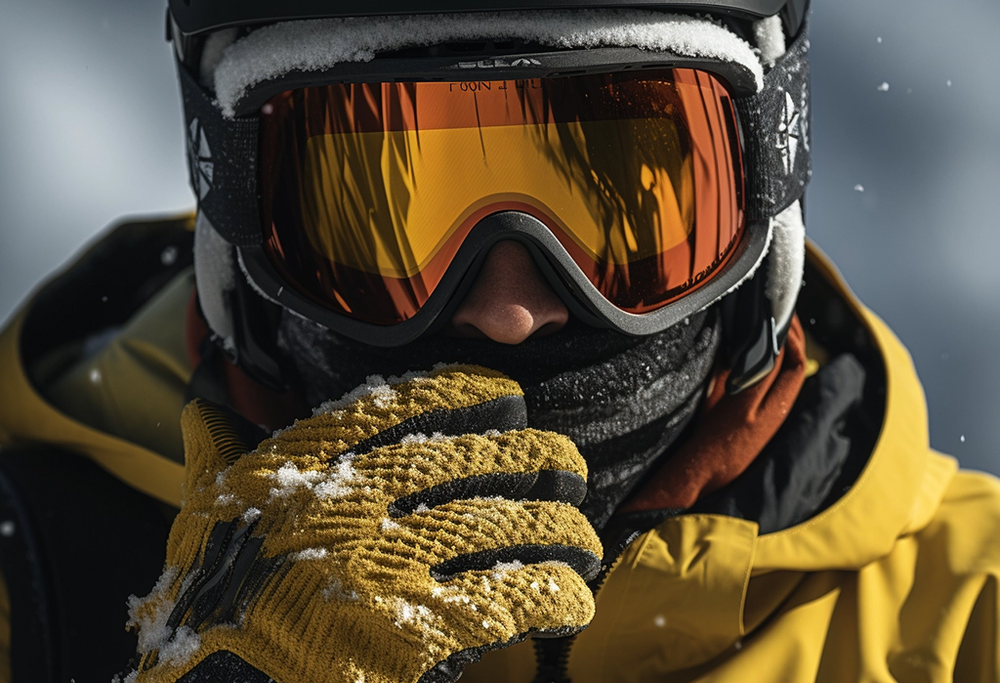
¿Cuántos guantes, de verdad, necesitas?
Pues dependerá de sus necesidades. Algunos trabajadores manuales pueden tener tres o cuatro pares de guantes de trabajo para una tarea específica. Pero a la hora de aprender a comprar guantes con estilo para hombre, es fundamental pensar en el estilo de vida.
En general, siempre merece la pena tener un par de guantes de invierno resistentes que aguanten cualquier tiempo, además de un par de guantes de vestir de cuero oscuro que puedan ir con trajes y abrigos.
El tercer par de guantes informales probablemente no sea una necesidad vital. Pero es bueno tenerlos.
How Many Men’s Gloves Do You Need?
How many pairs of gloves should a man own all together? It depends on his needs. Some hands-on laborers may have three or four pairs of work gloves for a specific task. But when you are learning how to buy stylish gloves for men, it is vital to think about lifestyle.
Overall, it’s always worth owning a pair of sturdy winter gloves that will hold up in any weather, plus a pair of dark leather dress gloves that can go with suits and overcoats.
The third pair of casual gloves probably isn’t a life necessity. But it is nice to have.
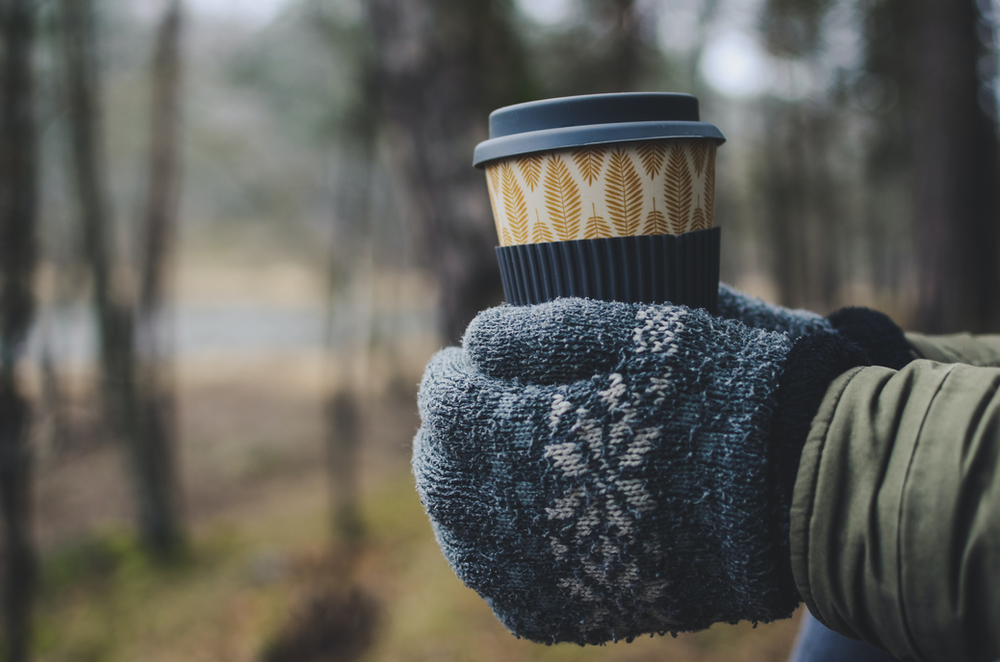
Cómo llevar guantes con traje
Los guantes pueden ser un accesorio elegante que realce tu conjunto de traje, añadiendo un toque de sofisticación y refinamiento a tu aspecto general. Sin embargo, llevar guantes con un traje requiere una cuidadosa consideración para garantizar una integración perfecta que complemente su atuendo.
He aquí algunos consejos rápidos que le ayudarán a dominar el arte de combinar guantes con sus trajes favoritos:
Elije el tipo de guantes adecuado
Para las ocasiones formales y los trajes clásicos, opta por guantes de piel en tonos neutros como el negro, el marrón o el gris. Estos colores combinan a la perfección con la mayoría de los colores de traje, creando un aspecto pulido.
Para un look más informal o invernal, opta por guantes de ante o lana en tonos más oscuros, como el carbón o el azul marino.
La longitud y el ajuste son importantes
Los guantes más cortos, como los clásicos guantes de conducir, combinan bien con trajes informales o americanas. Por otro lado, los guantes más largos, que se extienden más allá de la muñeca, son ideales para ocasiones formales y pueden llevarse con trajes de tres piezas para desprender un encanto atemporal.
En cuanto al ajuste, asegúrese de que los guantes se ajustan perfectamente a la forma de sus manos sin apretar demasiado. Unos guantes voluminosos o mal ajustados pueden alterar las líneas limpias de su traje y restarle elegancia.
Si elige cuidadosamente el tipo, el color, la longitud y el ajuste de sus guantes, podrá realzar sin esfuerzo el conjunto de su traje. Domine el arte de combinar guantes con sus trajes y estará listo para salir con estilo en cualquier ocasión.
How To Wear Gloves With A Suit
Gloves can be a stylish accessory that elevates your suit ensemble, adding a touch of sophistication and refinement to your overall look. However, wearing gloves with a suit requires careful consideration to ensure a seamless integration that complements your outfit.
Here are some quick tips to help you master the art of pairing gloves with your favorite suits:
Choose The Right Type of Gloves
For formal occasions and classic suits, opt for leather gloves in neutral tones such as black, brown, or gray. These colors seamlessly blend with most suit colors, creating a polished appearance.
For a more casual or winter look, consider suede or wool gloves in darker hues, like charcoal or deep navy.
Length & Fit Matter
Shorter gloves, such as classic driving gloves, pair well with casual suits or blazers. On the other hand, longer gloves, extending past the wrist, are ideal for formal occasions and can be worn with three-piece suits to exude a timeless charm.
When it comes to fit, ensure your gloves snugly conform to the shape of your hands without being too tight. Bulky or ill-fitting gloves can disrupt the clean lines of your suit and detract from its overall elegance.
By carefully selecting the type, color, length, and fit of your gloves, you can effortlessly enhance your suit ensemble. Master the art of pairing gloves with your suits, and you’ll be ready to step out in style for any occasion.
